22 Subtle Design Details That Secretly Make Cars Safer
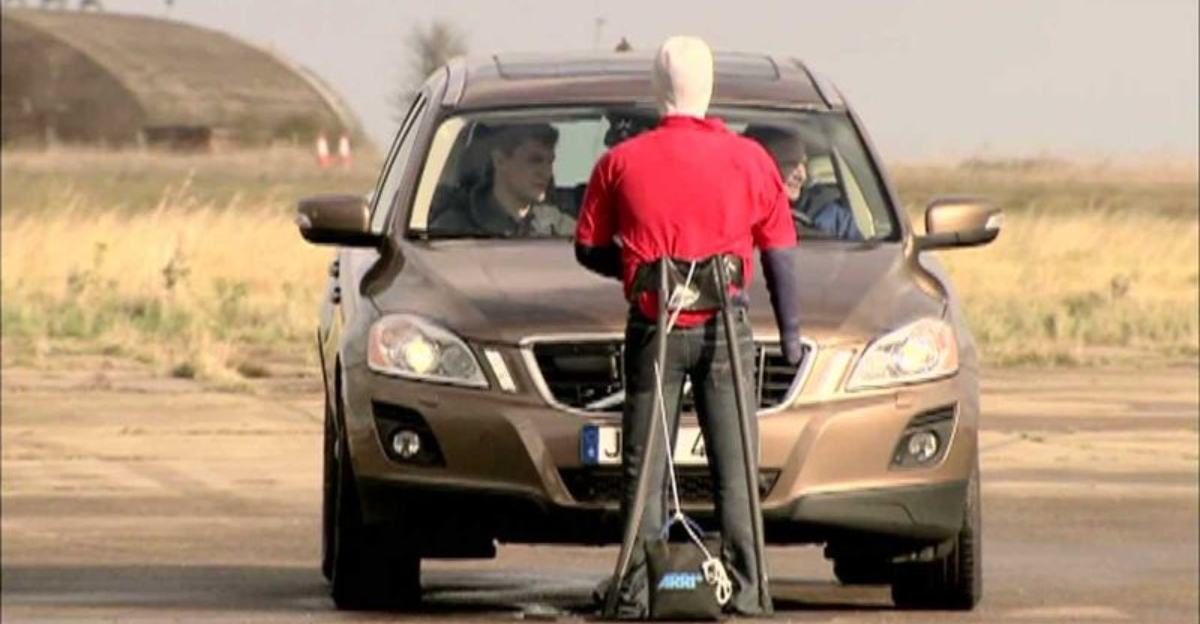
I once borrowed my dad’s old Volvo for a road trip and rolled my eyes at how “boring” it looked. Boxy, gray, and about as exciting as dry toast.
Then a deer leapt in front of me at 60 mph, and I walked away without a scratch. Turns out that dull-looking nose hid crumple zones that engineers spent years perfecting.
Sometimes safety isn’t loud. It hides in curves, panel gaps, mirror angles, and headlight placements. The quiet brilliance lives in the details you rarely notice.
1. Crumple Zones
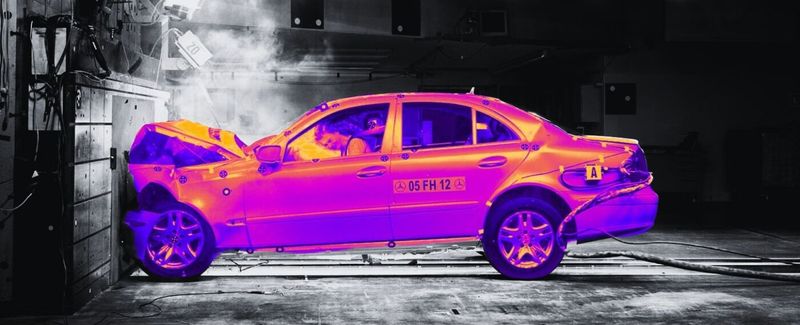
In the event of an accident, crumple zones come into play, sacrificing their structure so you don’t have to sacrifice yours. These deformed areas absorb the impact energy, keeping the car’s cabin safe.
Originally introduced in the 1950s, crumple zones are like the sacrificial lambs of the automotive world. They ensure that the force of a crash is spread out, protecting you and the passengers.
Innovative and effective, they are a testament to how engineering can save lives. Truly, they take the hit so you don’t have to.
2. Side-Impact Door Beams
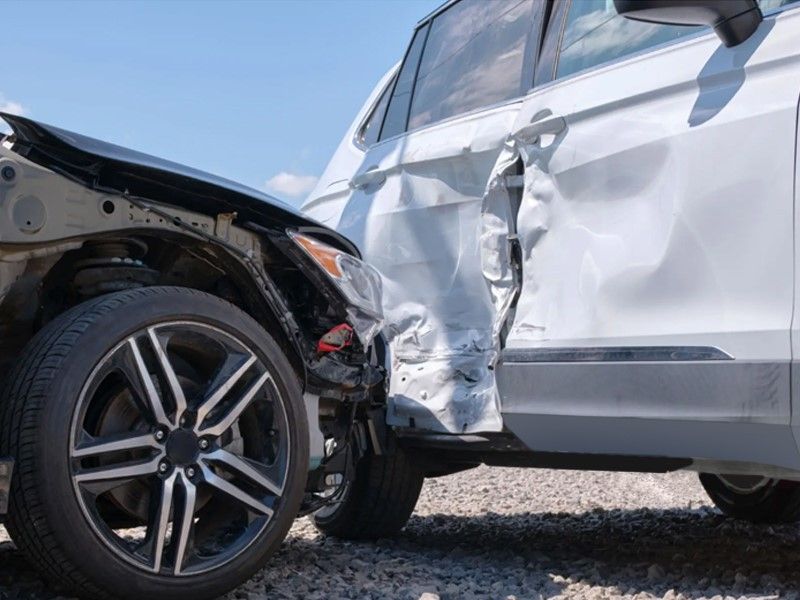
Tucked quietly inside your doors, these steel reinforcements are the unsung heroes of T-bone collisions.
You’ll never see them, but they stand ready like side-bodyguards, absorbing and redirecting force away from passengers when things go sideways—literally.
While some features shout “safety,” side-impact beams do their job silently, turning potential crumple zones into controlled impact zones.
It’s just one of those stealthy innovations that helps you walk away from what could’ve been a very bad day.
3. Reinforced A-Pillars
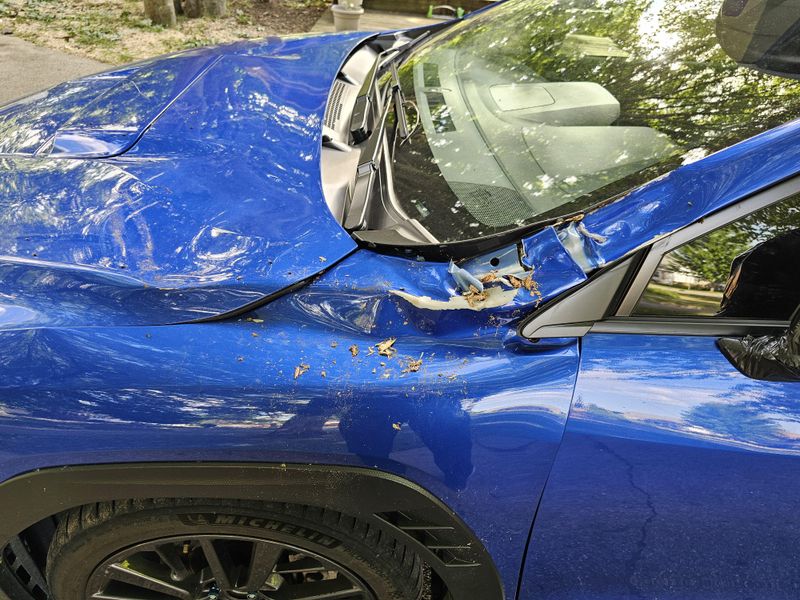
Reinforced A-pillars stand tall and strong, framing your windshield with a purpose beyond holding glass. These pillars are crucial for rollover protection, keeping the roof from caving in.
Engineered to perfection, they ensure that in the unfortunate event of a rollover, you’re cocooned safely within the car. Their strength is remarkable, a testament to thoughtful design.
No longer just a support, they are safety champions, offering peace of mind and structural integrity in equal measure. A-pillar strength is no accident.
4. Energy-Absorbing Steering Columns
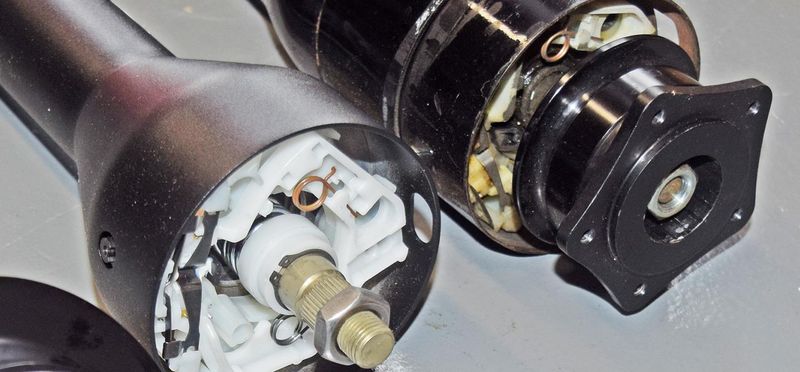
Back in the day, a crash could send the steering wheel straight into the driver’s chest—yikes. Enter the energy-absorbing steering column.
This clever device collapses upon impact, soaking up force instead of passing it onto you. It’s like having a mechanical crumple zone right in front of your hands.
You’d never guess this seemingly rigid part was designed to flex and give, but in a serious accident, it can make all the difference between injury and escape.
5. Pedestrian-Friendly Bumpers
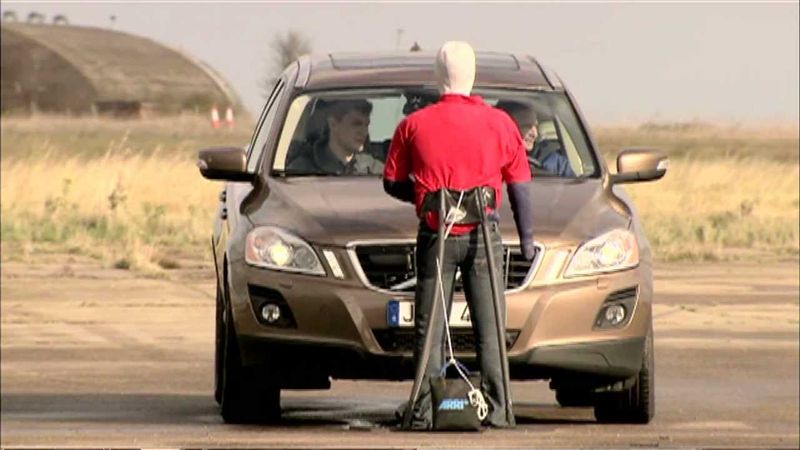
Pedestrian-friendly bumpers aren’t just about keeping the car pretty. They’re designed to lessen the impact on pedestrians during a collision.
These bumpers use softer materials and thoughtful design to reduce injuries, an idea rooted in empathy and engineering.
Introduced as part of broader safety initiatives, they show that safety isn’t confined to the car’s interior.
They represent a blend of care and technology, aiming to make roads safer for everyone. Walking or driving, these bumpers have got your back.
6. Breakaway Engine Mounts
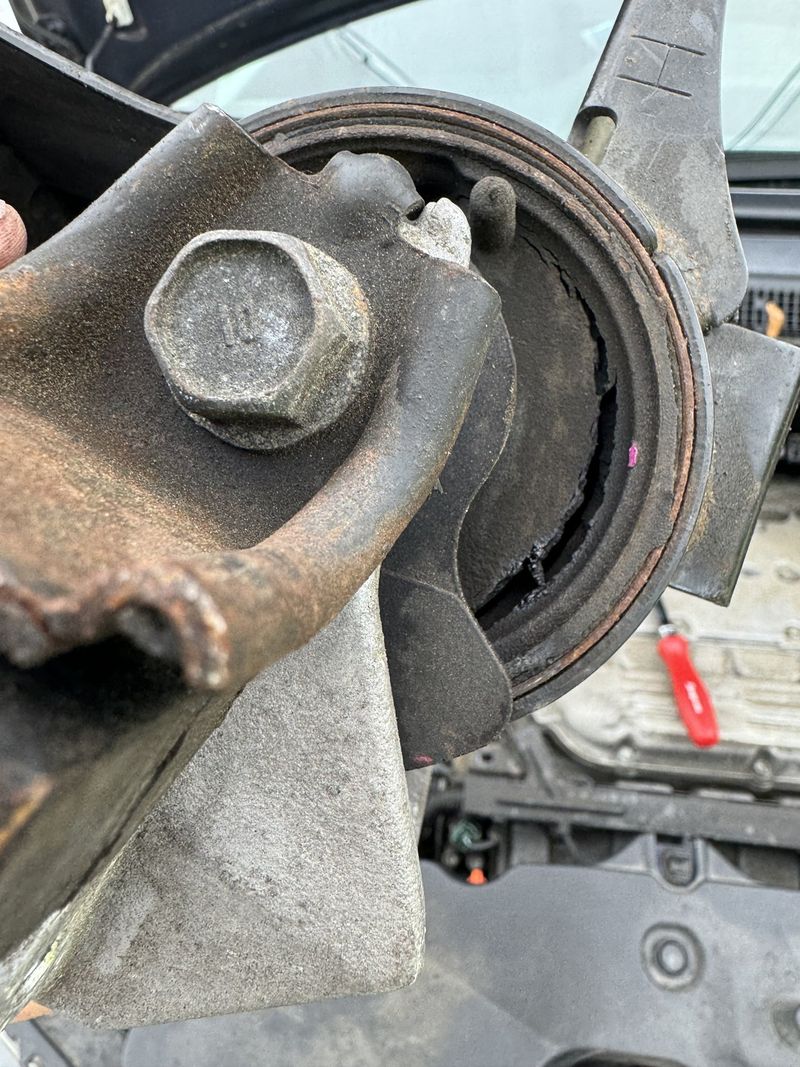
What happens to a 400-pound engine in a head-on crash? Hopefully, it doesn’t end up in your lap.
Breakaway engine mounts are engineered to send the engine downward and away from the cabin during a collision.
That’s right: instead of bulldozing through the firewall, it slides underneath like a heavyweight taking a dive.
You won’t notice it during daily driving, but when it matters most, this hidden hero helps protect the most critical part of the car—you.
7. Collapsible Hood Hinges

Collapsible hood hinges might not sound exciting, but they’re a safeguard against danger. In a crash, these hinges collapse, preventing the hood from smashing through the windshield.
Their design ensures that the hood absorbs impact energy, protecting the passengers. It’s an elegant solution to a potentially deadly problem.
These hinges are a testament to clever engineering, quietly doing their job while keeping the car and its occupants safe. Next time you pop the hood, give them a nod!
8. Rear-Seat Reminder Systems

It’s the feature you never want to need but will be grateful for: rear-seat reminders. Using sensors, chimes, or even text alerts, these systems give you a nudge if you’ve left something—or someone—in the back seat.
Whether it’s groceries, your gym bag, or tragically, a sleeping child or pet, these systems step in to save lives when human memory fails.
Subtle? Absolutely. Life-saving? Without a doubt. Technology with heart—and a very important beep.
9. Integrated Child Seat Anchors (LATCH)
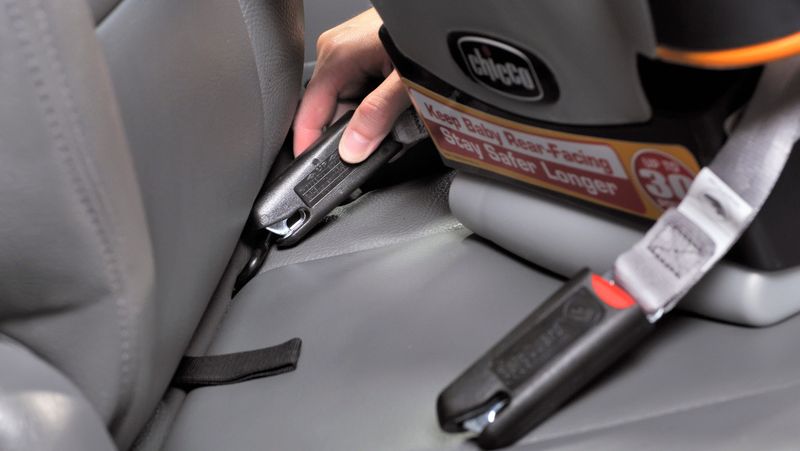
Integrated child seat anchors, known as the LATCH system, make securing child seats a breeze. Gone are the days of wrestling with seatbelts.
These anchors provide a strong, standardized way to fasten child seats, ensuring they’re snug and secure. Introduced in the early 2000s, they simplify the installation process.
By making child safety seats easier to use, they enhance security for the little ones. Every parent’s peace of mind, wrapped in a neat little system.
10. High-Mounted Brake Lights
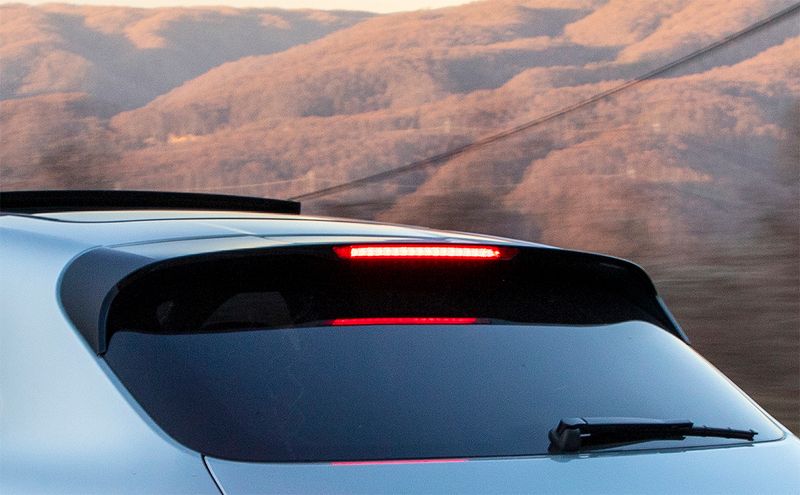
Who knew a little light perched above your rear window could do so much? The third brake light, or CHMSL (Center High-Mount Stop Lamp), was a game-changer.
Introduced in the ‘80s, it gives following drivers an extra visual cue to slow down, especially when tailgating.
It’s less about flair, more about function—breaking up rear-end collisions by lighting up in just the right place. It may be the least flashy light on your car, but it earns its keep.
11. Laminated Side Glass
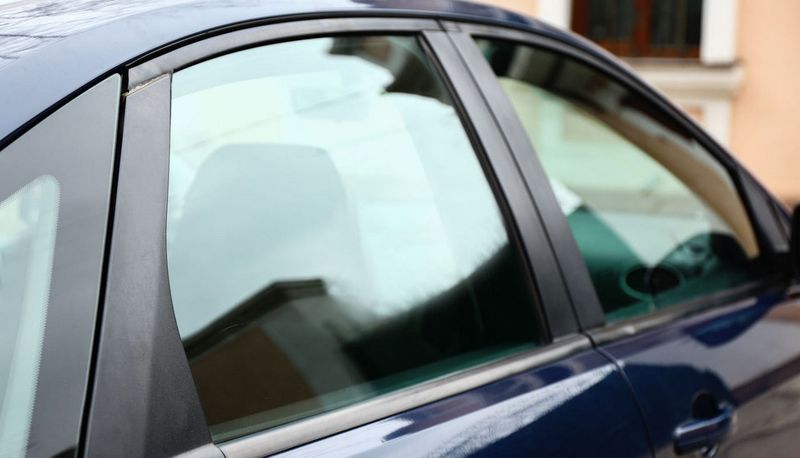
When it comes to protecting passengers, laminated side glass is a game-changer. This multi-layered glass holds together in an accident, reducing the risk of injury from shards.
Originally used for windshields, its application to side windows adds an extra layer of protection. It’s like wearing a seatbelt for your windows.
Beyond safety, it also reduces noise and blocks UV rays. A trifecta of benefits! Laminated glass is an elegant solution to a dangerous problem.
12. Automatic Door Locking After Takeoff
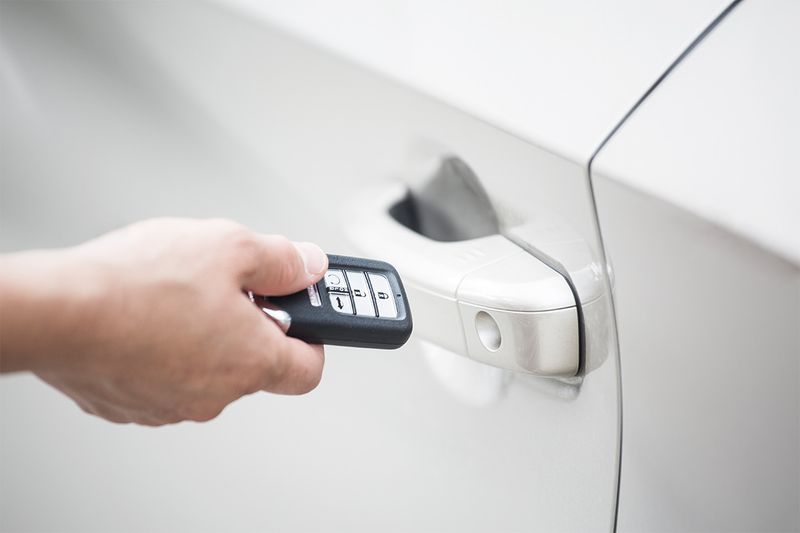
You might not think much of it when your doors lock automatically as you pull away, but it’s more than a convenience.
This feature helps prevent accidental door openings, protects passengers in a crash, and even deters carjackings.
It’s a small moment in your drive—click—but it plays a big role in your safety bubble. The best part? You never have to think about it. It’s the automotive equivalent of locking the front door without lifting a finger.
13. Soft-Touch Dashboard Materials
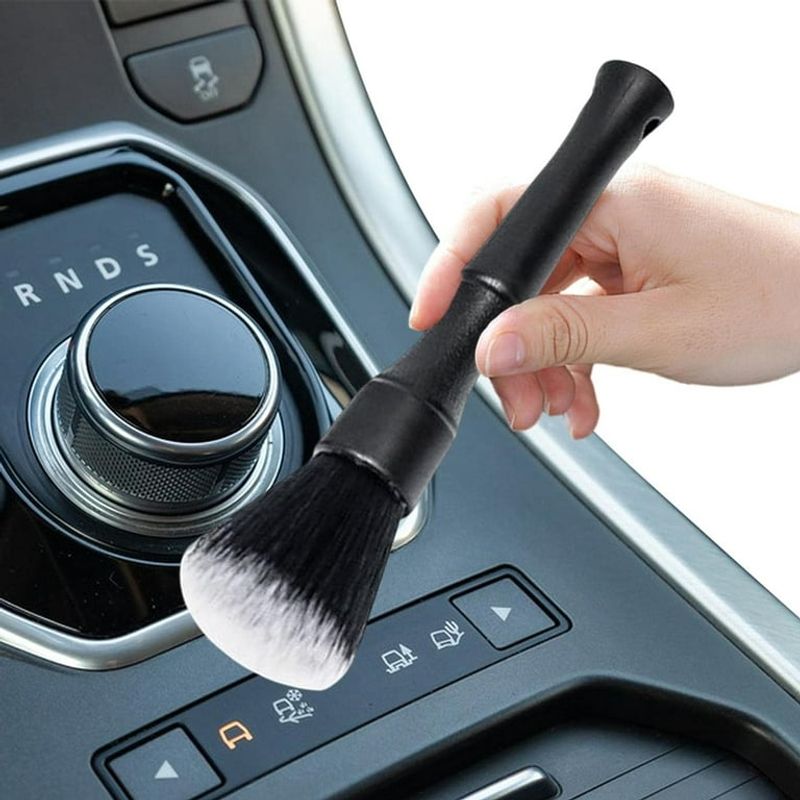
Soft-touch dashboard materials might seem like a luxury, but they also serve a safety purpose. During an accident, these materials reduce injury risk by cushioning impact.
Introduced in premium vehicles, they’ve trickled down to mainstream cars, providing both comfort and safety. It’s like a plush pillow, but for your dashboard.
These materials elevate the driving experience, proving that elegance and safety can coexist beautifully. A soft touch with a strong purpose.
14. Door Handle Placement for Crash Access

It sounds almost absurd, but the precise height and location of your car’s door handles can be a literal lifesaver.
Engineers design them so first responders can easily locate and operate them—even in the chaos of a crash. Placement considers everything from hand reach to tool access, even if the vehicle is flipped or mangled.
It’s the kind of detail you never appreciate until the worst happens—and then you’re glad someone obsessed over handle ergonomics.
15. Anti-Submarine Seats
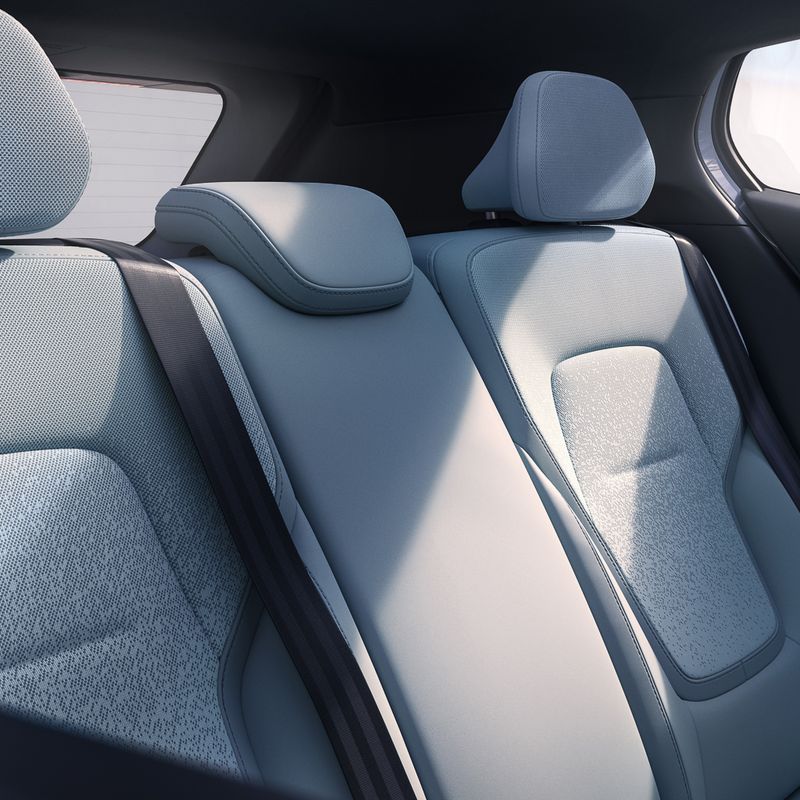
Anti-submarine seats sound like something from a marine adventure, but they’re actually a key safety feature. They prevent occupants from sliding under the seatbelt during a crash.
By keeping passengers securely in place, they reduce the risk of injury. First introduced in the 1960s, these seats have become a vital part of vehicle safety.
They offer peace of mind, ensuring that seatbelts do their job effectively. These seats keep you anchored amidst the chaos.
16. Rearview Camera Washers
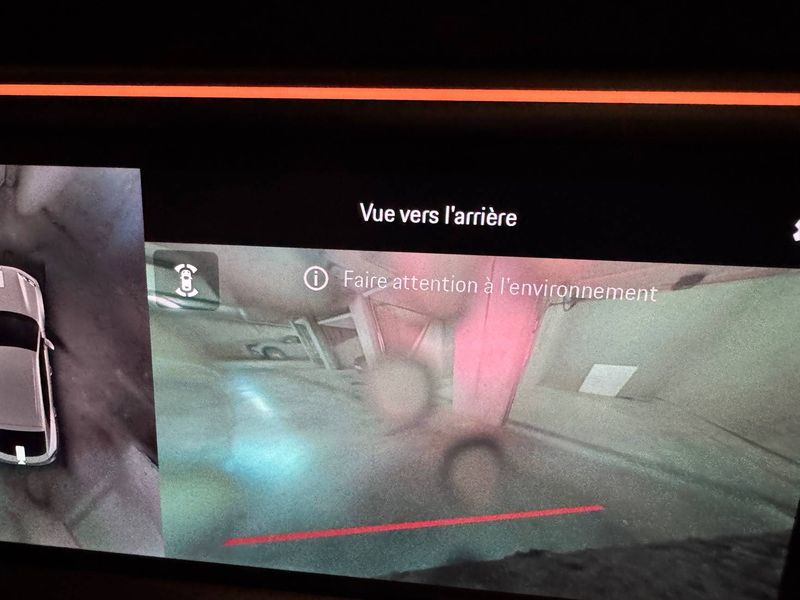
Ever tried backing up with a camera coated in mud, salt, or mystery gunk? Not fun—and not safe. Rearview camera washers quietly keep your vision clear without needing you to crawl back there with a napkin.
In winter slush or off-road grime, this little spritz of washer fluid ensures you actually see that tricycle or curb.
It’s a micro-feature with macro impact, helping drivers avoid scrapes, dings, and much worse. Who knew a splash could prevent a crash?
17. Adaptive Brake Lights
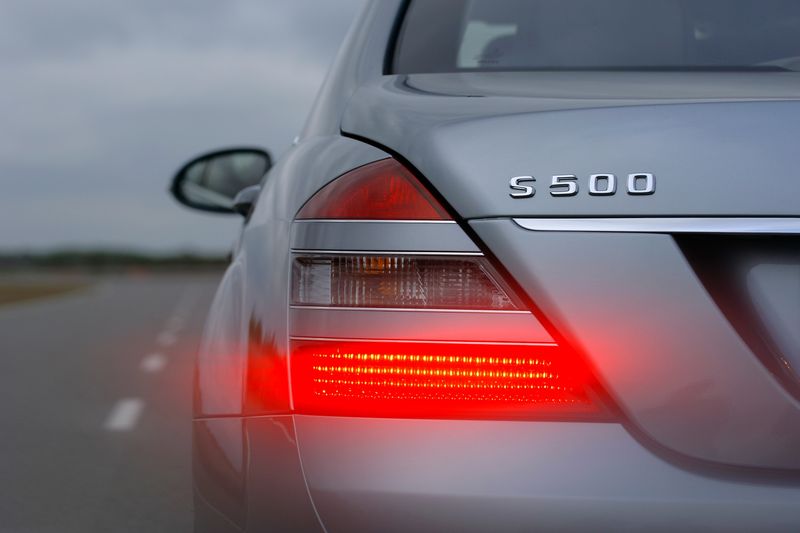
Adaptive brake lights are all about communication. They change intensity based on your braking force, warning drivers behind you of sudden stops.
Introduced to reduce rear-end collisions, these lights provide a clear signal of your intentions. It’s like a visual shout, alerting others to your actions.
These lights adapt to your driving, ensuring the message is always loud and clear. A shining example of intelligent design.
18. Hood Deformation Zones

That hood isn’t just for looks—it’s secretly sculpted to crumple in a crash. Hood deformation zones are carefully engineered to absorb impact energy and protect both the occupants and pedestrians.
When struck, they fold in controlled ways to prevent intrusion into the cabin or excessive force onto someone outside.
It’s a beautiful paradox: strength in controlled weakness. You may never see it in action, but this behind-the-scenes safety feature can soften the blow—literally.
19. Windshield Cowl Bracing

Windshield cowl bracing adds strength where it counts. This reinforcement ensures that the windshield remains intact during a collision.
By supporting the glass, it prevents shattering and holds the structure together. A subtle yet significant detail in keeping you safe.
20. Reflective Interior Trim Reduction
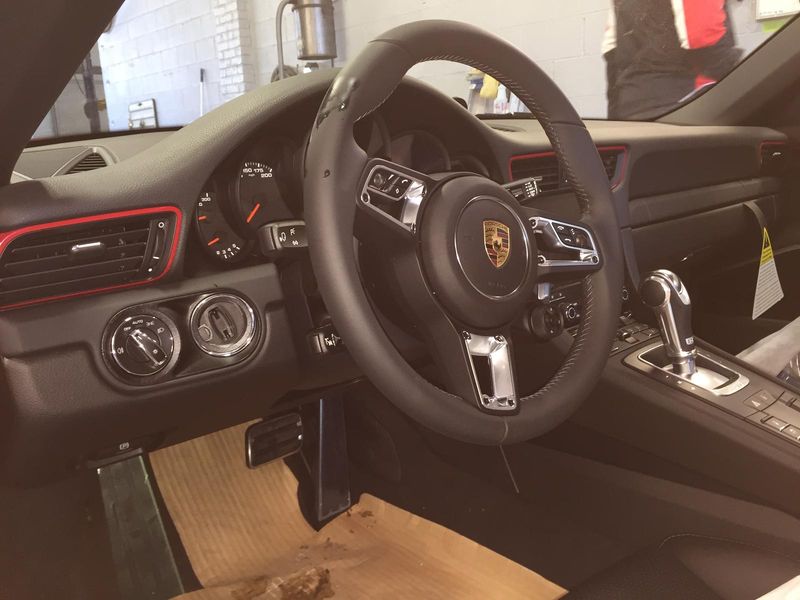
Glossy dashboard trim may look sharp in a showroom, but it’s a nightmare when the sun hits it just right. Reflections can blind drivers, leading to dangerous split-second distractions.
That’s why automakers use matte finishes and darker materials in strategic spots inside the cabin.
It’s not just a design choice—it’s about visibility, focus, and reducing glare-induced panic swerving. So next time you see “satin” instead of “chrome,” know that it’s a little easier on your eyes—and your safety.
21. Underbody Fuel Tank Protection
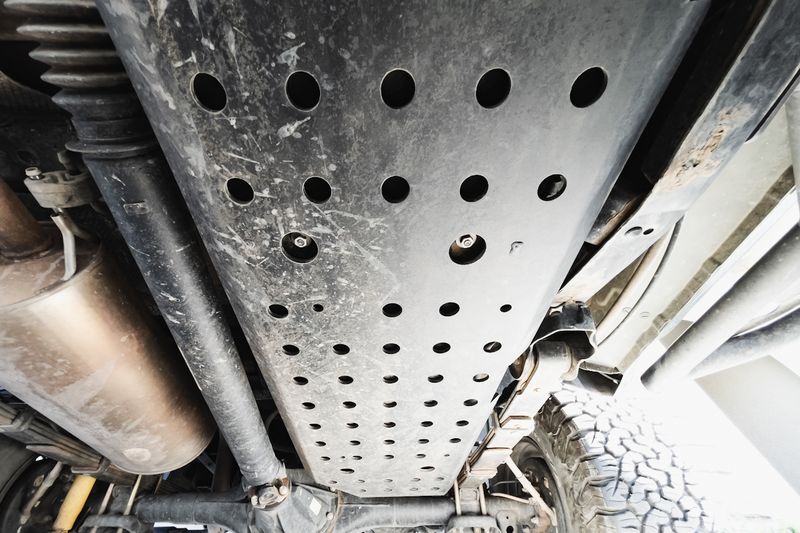
Underbody fuel tank protection is like giving your car a shield. It guards the tank from road debris and impacts, minimizing the risk of leaks.
This protection is crucial for preventing fires or explosions, especially in severe crashes. It’s a safeguard that ensures peace of mind on every journey.
A well-protected fuel tank is a cornerstone of vehicle safety, proving that sometimes, safety is all about sturdy shields.
22. Smart Wiper Positioning
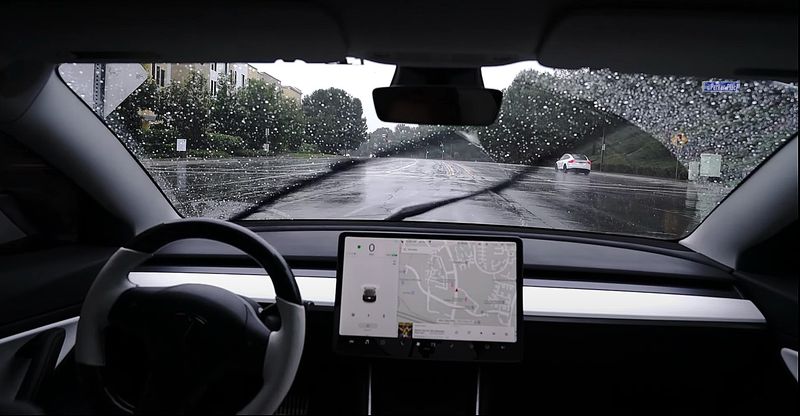
Ever notice how some cars tuck their wipers way below the hoodline? It’s not just for looks.
This clever positioning protects the wipers from wind lift at high speeds, ensures better aerodynamics, and prevents them from freezing to the windshield in winter.
Some designs even keep a patch of glass clean right in front of sensors and cameras. It’s a tiny tweak, but smart wiper layout makes sure you’ve got a clear view no matter the storm.
